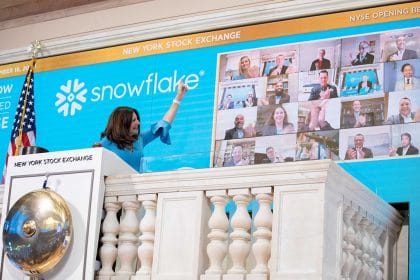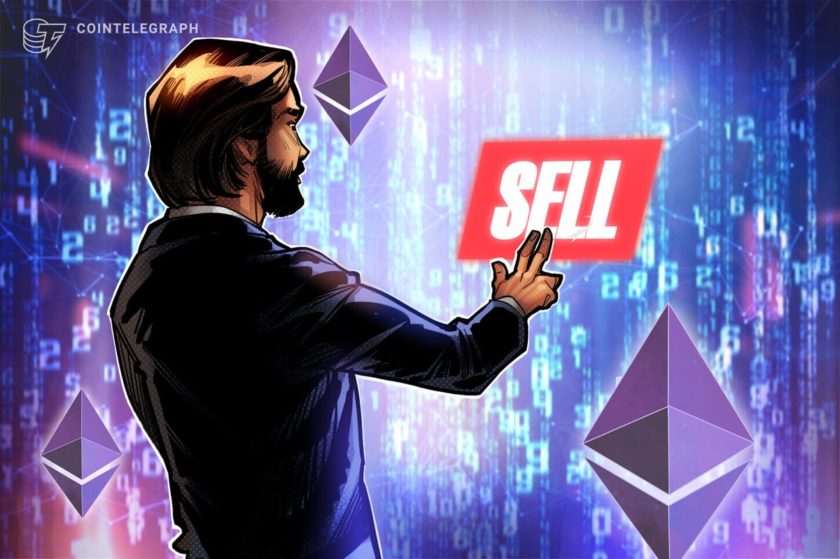Since the 2008 Visa IPO, Snowflake has so far made the largest “money left on the table”.
In its debut on Wednesday, the cloud-based data management firm Snowflake Inc (NYSE: SNOW) held the biggest IPO so far in 2020, where shares jumped 112%. Investors benefited from a $120-per-share offering price on their investments, which was much higher (about 41% higher) than the price market earlier this month. Earlier backers – such as Sutter Hill and Altimeter Capital – also benefited in a bigger way as they got several times out of the investments made.
Altimeter Capital’s founder and CEO Brad Gerstner even said in an interview with CNBC that “the heart’s beating a little faster right now.”
Opportunity Cost in Snowflake IPO
However, the money from the IPO left on the proverbial table is not being discussed – the opportunity cost of investing the funds elsewhere. Critics of Snowflake’s IPO process say it could have valued the deal according to the broader market. Those critics suggested that $3.8 billion capital would have been invested in the company for better returns.
Since the 2008 Visa IPO, Snowflake has so far made the largest “money left on the table.” At that time, Visa Inc (NYSE: V) investors got an allocation of an additional $5 billion in the IPO, money that critics said would have gone directly to the business. Since its IPO, Visa shares have risen by nearly 1,200% compared to a 161% valuation gain in the S&P 500 stock market.
Although Alibaba became the largest IPO record holder after its 2014 listing in the U.S., Snowflake’s opportunity cost, as per analysts, surpasses the retail giant. The amount that Alibaba Group (NYSE: BABA) left on the table was $3.2 billion. Actually, the primary stock, which was the shares that the company issued, took the minority portion of Alibaba’s IPO while the remaining is what previous investors such as Yahoo or Jack Ma, its founder, sold.
Maybe the stock was mispriced in the IPO (per earlier reflections) as the shares dropped by 10%.
Do SPACs and Direct Listings Do a Better Job?
Determining whether a deal has been a success or a failure as far as traditional IPO processes are concerned is difficult. In that perspective, the traditional IPO process skeptics campaign for reforms in the public markets avenues due to the conventional methods’ mispricings and inefficiencies. They suggest that the opportunity costs issue is better handled using newer IPO offering methods like SPACs and direct listings.
In special purpose acquisition companies (SPACs), a blank check shell entity is used to acquire firms – which some describe as the “backdoor route” to the public markets. The start-up’s board and blank check company’s managers usually agree on the price.
No money is raised in a direct listing, on the other hand, hence no money on the table is left by companies. Spotify Technology SA (NYSE: SPOT) and Slack Technologies (NYSE: WORK) have used this method in the past, and Palantir plans to utilize it in its upcoming debut. Forces of the market determine pricing in these arrangements meaning no initial marker for performance comparison and, therefore, no vivid means to measure opportunity cost. However, companies could soon raise initial capital via direct listings following the Securities and Exchange Commission’s (SEC) recent approval.




